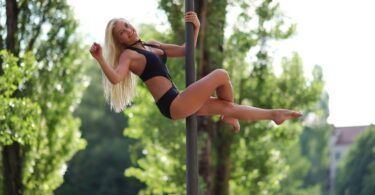Ottoman beds offer a perfect blend of style, comfort, and practicality for modern bedrooms. These...
Fresh Topics
Matcha for Aerialists: Natural Energy & Recovery Benefits for Pole and Aerial Athletes
By Ryan Cezar Malaluan As an aerialist, you push your body to its limits during every routine. The...
Popular
How Alcohol Rehab Centers Approach Relapse Prevention Strategies
Alcohol addiction is a chronic condition that requires comprehensive treatment and ongoing support to overcome. One of the most challenging aspects of recovery is avoiding relapse, which is why alcohol rehab centers focus on...










































